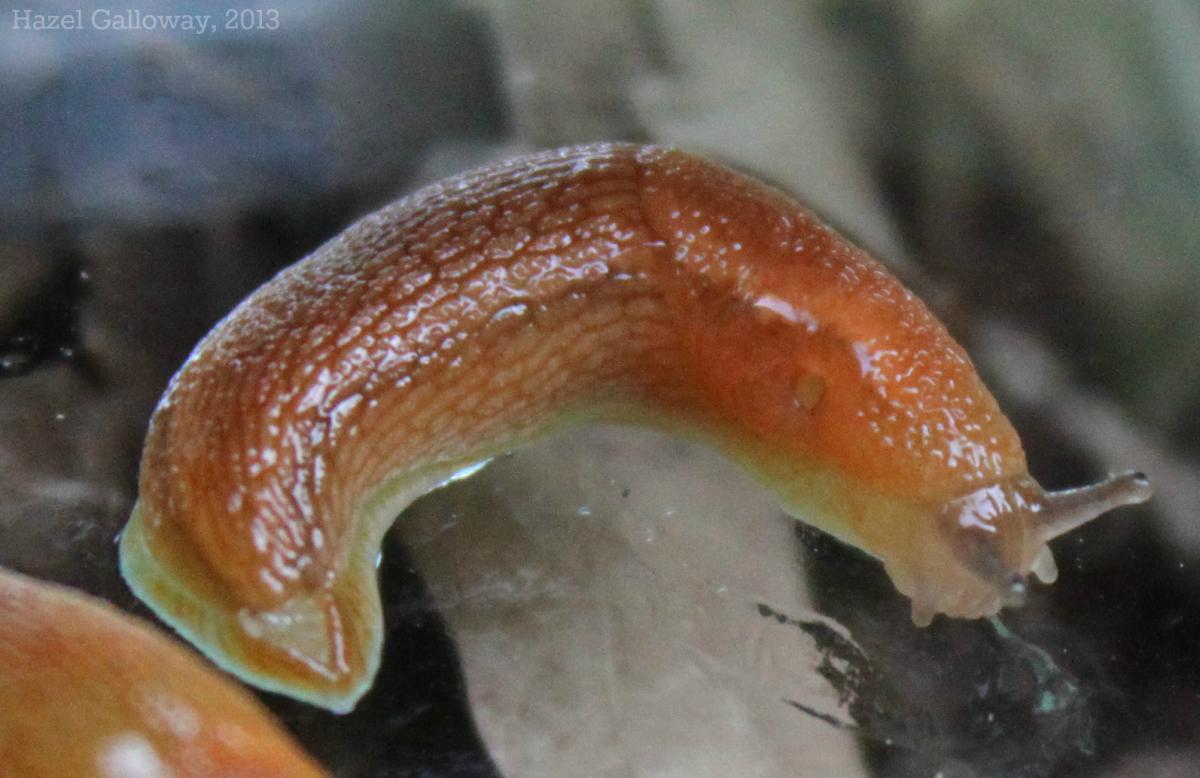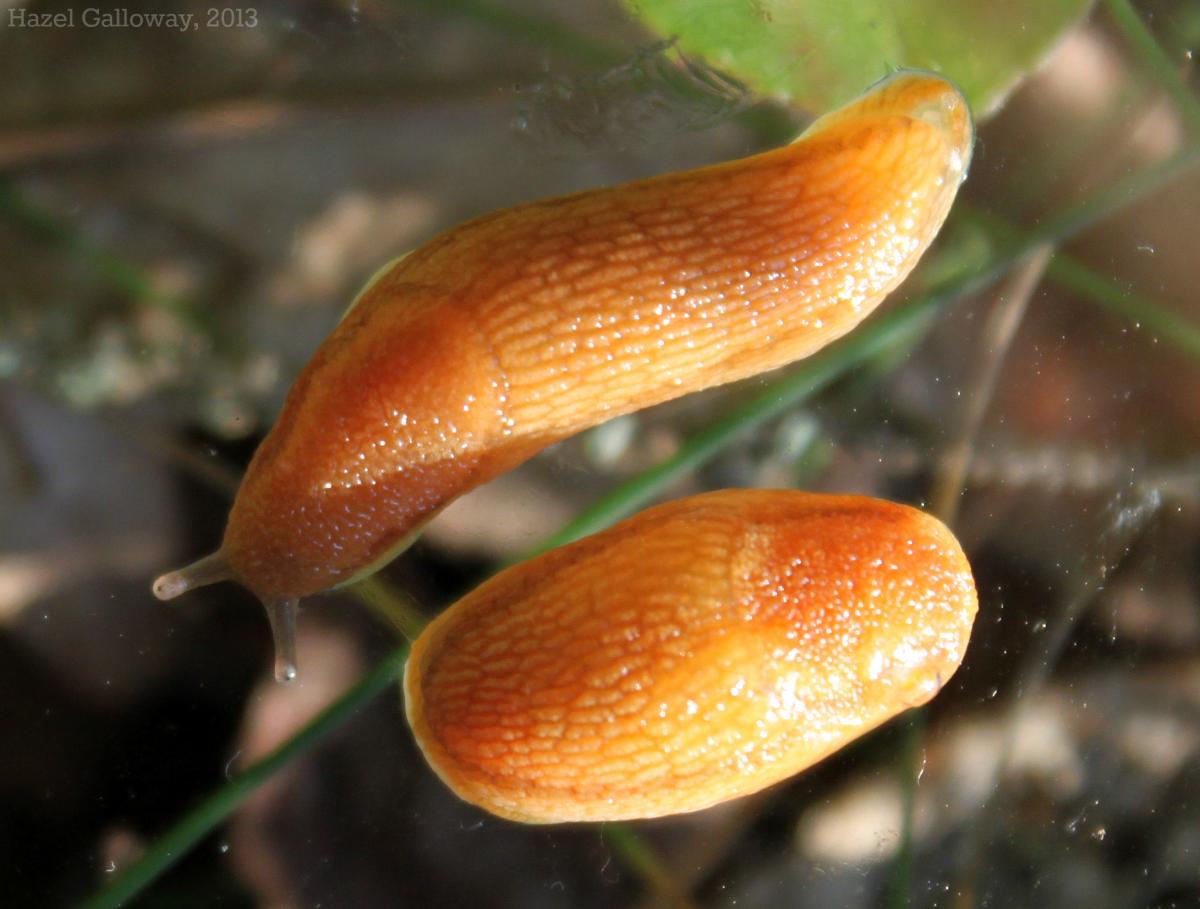 These slugs are native to the Old World, particularly to northern and western Europe. They were introduced to the northeastern United States early in US history, and since then have been introduced to California and are now naturalized across much of the eastern part of the country. They have become more common than native species in many areas, and are one of the most abundant slugs found in gardens, fields, and forests.
These slugs are native to the Old World, particularly to northern and western Europe. They were introduced to the northeastern United States early in US history, and since then have been introduced to California and are now naturalized across much of the eastern part of the country. They have become more common than native species in many areas, and are one of the most abundant slugs found in gardens, fields, and forests.
Like all slugs, those in the genus Arion are hermaphrodites (possessing both male and female sex organs). They can reproduce either by self- or cross-fertilization, depending upon conditions and habitat stability. When two slugs mate with each other, they each simultaneously play the role of both sexes, exchanging sperm with their male genitalia. At times, the male sex organs of two slugs become entangled during mating and the slugs may bite them off in order to free themselves, a not uncommon sacrifice known as ‘apophallation.’ From then onward, the apophallated slugs are only able to reproduce as females.
Arion subfuscus mates in the mid-to-late summer. Several days after mating, slugs will lay hundreds of 3-4 mm eggs in the soil, and die shortly thereafter. Although there is no parental care in this species, the eggs are imbued with a caustive agent called miriamin that serves in a large part to protect them from predation. In around a month, the juveniles hatch as small, pale-brown versions of their adult selves. They typically take at least 4-6 months to achieve sexual maturity, mating and dying themselves before the new generation hatches from the eggs.
Slugs in the genus Arion are pulmonate, meaning that instead of gills they have an internal lung located within the mantle cavity. The lung is open to the outside via a small pore called a pneumostome (literally, “air-mouth”) positioned on the right-hand side of the mantel. The mantel itself is the raised tissue covering the anterior part of the slug’s body. Unlike some slugs, which have distinct internal shells—or even small external shells—the shell in A. subfuscus is reduced to calcareous grains located near the rear end of the mantel. The overall body coloration of these slugs can vary from reddish brown to black to orange or yellow, and they usually have darker bands running laterally down their sides. A. subfuscus can grow up to 7 cm in length.
These slugs feed primarily on fungi and decaying plant matter, but have also been known to consume animal feces, injured or dead insects, and algae. Because they must avoid drying out in order to survive, they are most active at night and can be found in moist leaf litter or vegetation. They have two pairs of tentacles on their heads; the upper two are used for optical reception, while the lower two are used for olfactory perception. When injured, they have the peculiar ability to regrow these tentacles along with the olfactory organ associated with them. Chemical receptors to detect toxins in their food sources are located on their lips.
Courtney found these slugs emerging from near the landscaped area near the south door of Lewis. They have likely not yet grown to their full size and mated.
Hazel Galloway
Sources:
- http://animaldiversity.ummz.umich.edu/accounts/Arion_subfuscus/
- http://www2.ca.uky.edu/entomology/entfacts/entfactpdf/sr103.pdf
- http://idtools.org/id/mollusc/factsheet.php?name=Arion%20subfuscus%20group:%20Arion%20subfuscus
- http://www.animalbase.uni-goettingen.de/zooweb/servlet/AnimalBase/home/species?id=318




